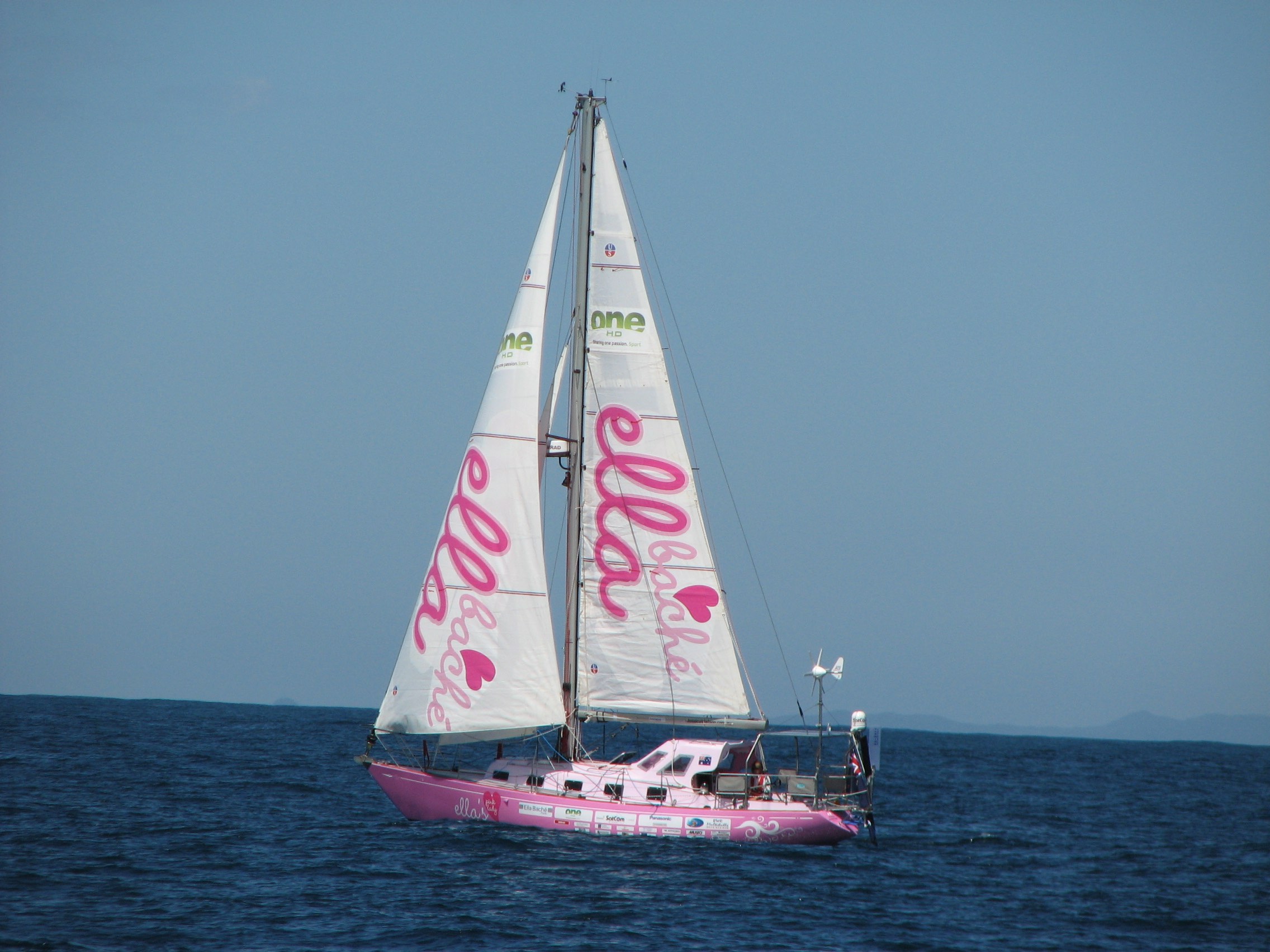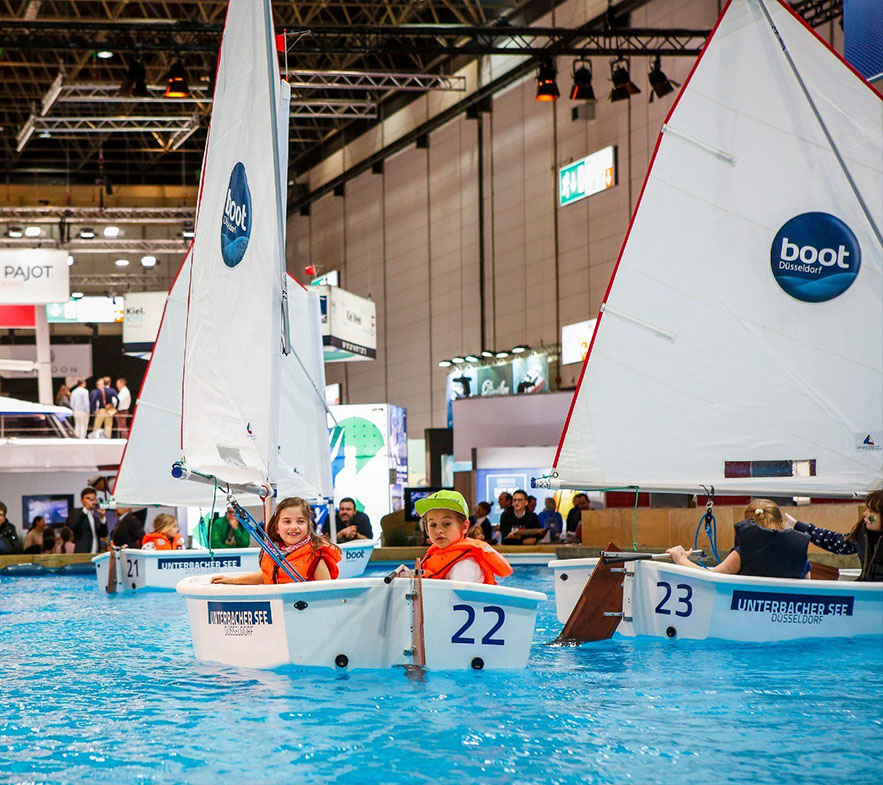How to set sail alone safely and the inspirational story of Jessica Watson
Boating is booming.
The pandemic's first effects were severe across a wide range of businesses and industries. Nonetheless, when examining the boating sector, it was flourishing even before the Covid-19 epidemic that left many people detained at home without escape. Innovations that make boats easier to use and new customer-attracting models have contributed to the rise.
Boat buying is, in many respects, a word-of-mouth industry. Someone sees a friend or neighbor's boat and decides to purchase one for himself or herself. As a result, for every consumer introduced into the market, there is a circle of individuals surrounding the buyer who may convert into customers.
Not only that, but the sport of boating is not for the faint of heart and needs much planning. Spontaneity does not function well once you've left the pier since you only have one pair of hands and it's difficult to multitask while moving. If necessary, you may always idle in neutral and coast for a time, but human nature and our never-ending curiosity compels us to keep moving.

How to be safe on water
Although boating by yourself may be a relaxing and delightful experience, it's crucial to take safety measures to protect your wellbeing on the water. Whether you are a novice or an expert boater.
If you do decide to anchor out, do some prior planning, such as finding an anchorage, and make sure you set the hook long before it becomes dark. A serene, peaceful moment may be had when sitting up on the flybridge and watching the sun gently set on the horizon.
It is an unavoidable reality that marinas exist to earn money by providing various services to the boating community. When you book a transitory dock spot, the marina employees are typically more than ready to assist you. Call ahead to book a place and inform them that you will be singlehanding and will want assistance getting into and out of the slip. Inquire if they can send someone experienced to your location before you arrive to assist you with the lines.
Consider your options: Before getting on the water, make sure to research the weather and map out your itinerary. Have a map or GPS gadget with you in case you get lost, and let someone know where you're going and when you anticipate to be back.
Carry a life jacket: While boating alone, it's important to always wear a life jacket since it can save your life in the event of an accident.

Be prepared for emergencies: Always have a first aid kit, a flare gun, and a whistle with you in case of an emergency. Before getting on the water, be sure you understand how to operate this equipment.
Stay alert: It is critical to remain vigilant and aware of your surroundings at all times when sailing alone. Avoid distractions like using your phone or consuming alcohol while on the water, and keep an eye out for other boats, buoys, and other hazards.
Use navigation lights: Use navigation lights if you are boating at night or in low visibility situations so that other boats can see you.
Check your equipment: Evaluate your boat's equipment, including the engine, fuel, and electrical systems, before venturing out on the lake. Before you go, double-check that everything is in working condition.
Avoid overloading: It's crucial to avoid overloading your boat when sailing alone. To prevent capsizing, be sure you adhere to the advised weight limit and distribute weight evenly.
Know your limits: As a boater, it's critical to understand your own limitations. Avoid maneuvers and waterways that are beyond your ability to traverse, and always err on the side of caution.
Youngest person to sail solo, non-stop and unassisted around the world

Jessica Watson became the youngest person to sail solo, nonstop around the world by navigating some of the most isolated waters, enduring seven knockdowns, and spending a total of 210 days alone at sea.
Watson, who is now 29 years old, departed from Sydney, Australia, on October 18, 2009, and arrived back on May 15, 2010, shortly before turning 17.
At just 16 years of age, throughout this period, she dealt with everything from perilous storms and adverse winds to loneliness and physical tiredness, earning her the label of a real Australian icon. Her tremendous feat of strength, endurance, and fortitude won her the title. Watson persisted and maintained her focus on her objective in the face of these challenges. In her 30ft yacht, Ella's Pink Lady, Jessica Watson, crossed the finish line of her round-the-world journey.
Upon completion of the voyage, Jessica was met by the then Prime Minister who declared her an Australian hero. In a simple speech that won admiration across Australian and around the world, she responded to the Prime Minister by announcing that she disagreed with him, that she didn’t consider herself a hero, just an ‘ordinary person, who had a dream, worked hard at it and proved that anything really is possible’.
Despite receiving heavy criticism for her ambitious goal because of her youth, but she stood alone in demonstrating that age doesn't always mean a limit on one's abilities. Any desire can surpass the presumptions associated with one's age when solo determination is calculatedly addressed with preparedness.
After winning the Young Australian of the Year award in 2011, Watson went on to spearhead a number of initiatives, including a team that competed in Australia's infamous Sydney to Hobart sailboat race as the youngest crew ever. The young crew came in second place in their division for the project, and the Australian sailor received the Jane Tate prize as the first female skipper.















